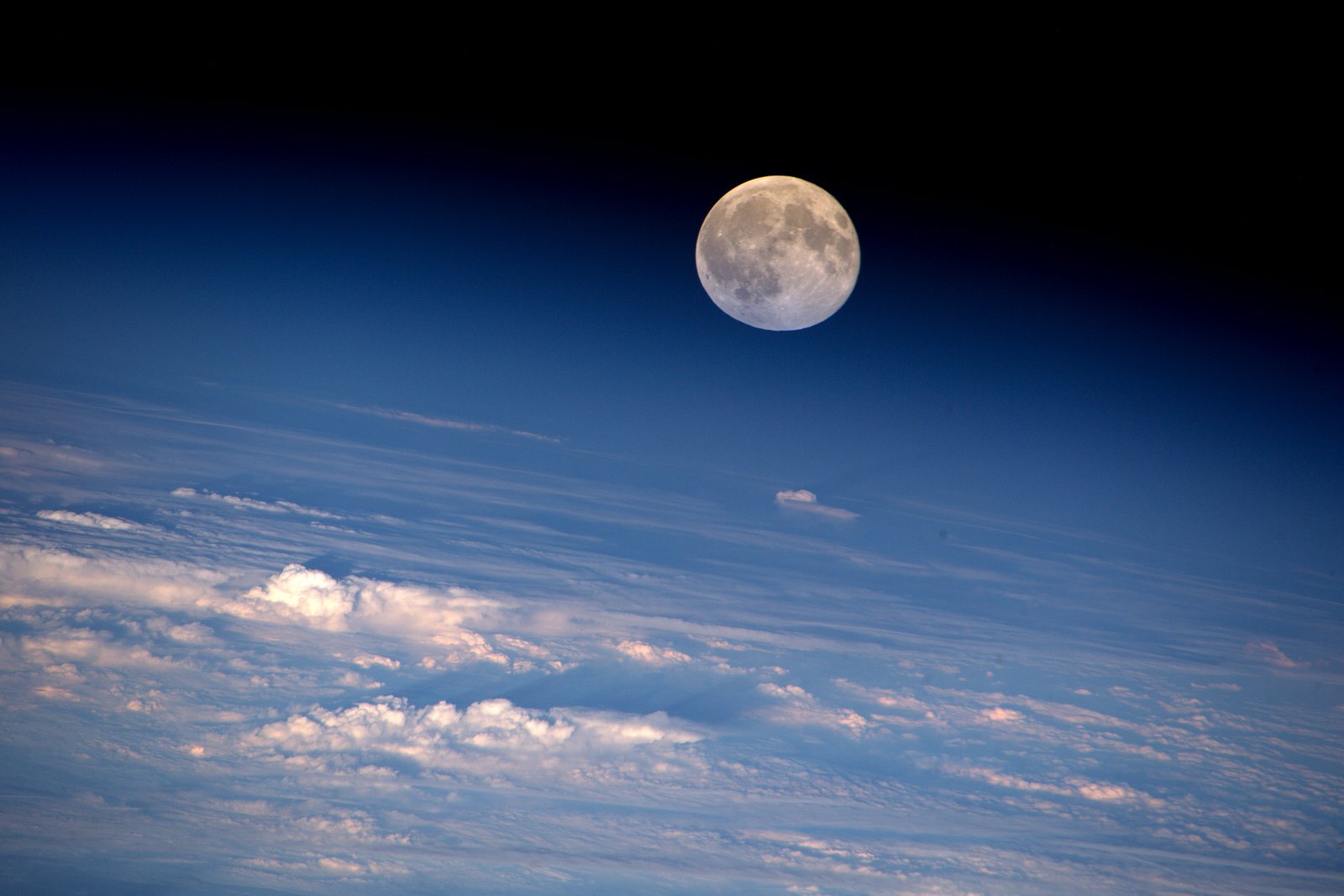
Moon
(English) Fresh look at vintage lunar X-ray spectrometry data
(English) Half a century after the Apollo 15 and 16 lunar landing missions, observations made by their scientific instruments still have a lot to say about the Moon and the Universe.



(English) Half a century after the Apollo 15 and 16 lunar landing missions, observations made by their scientific instruments still have a lot to say about the Moon and the Universe.
